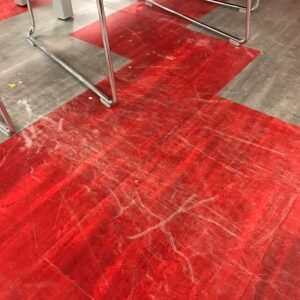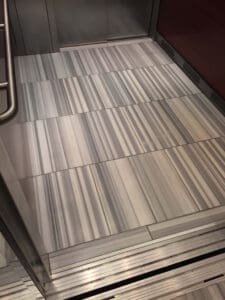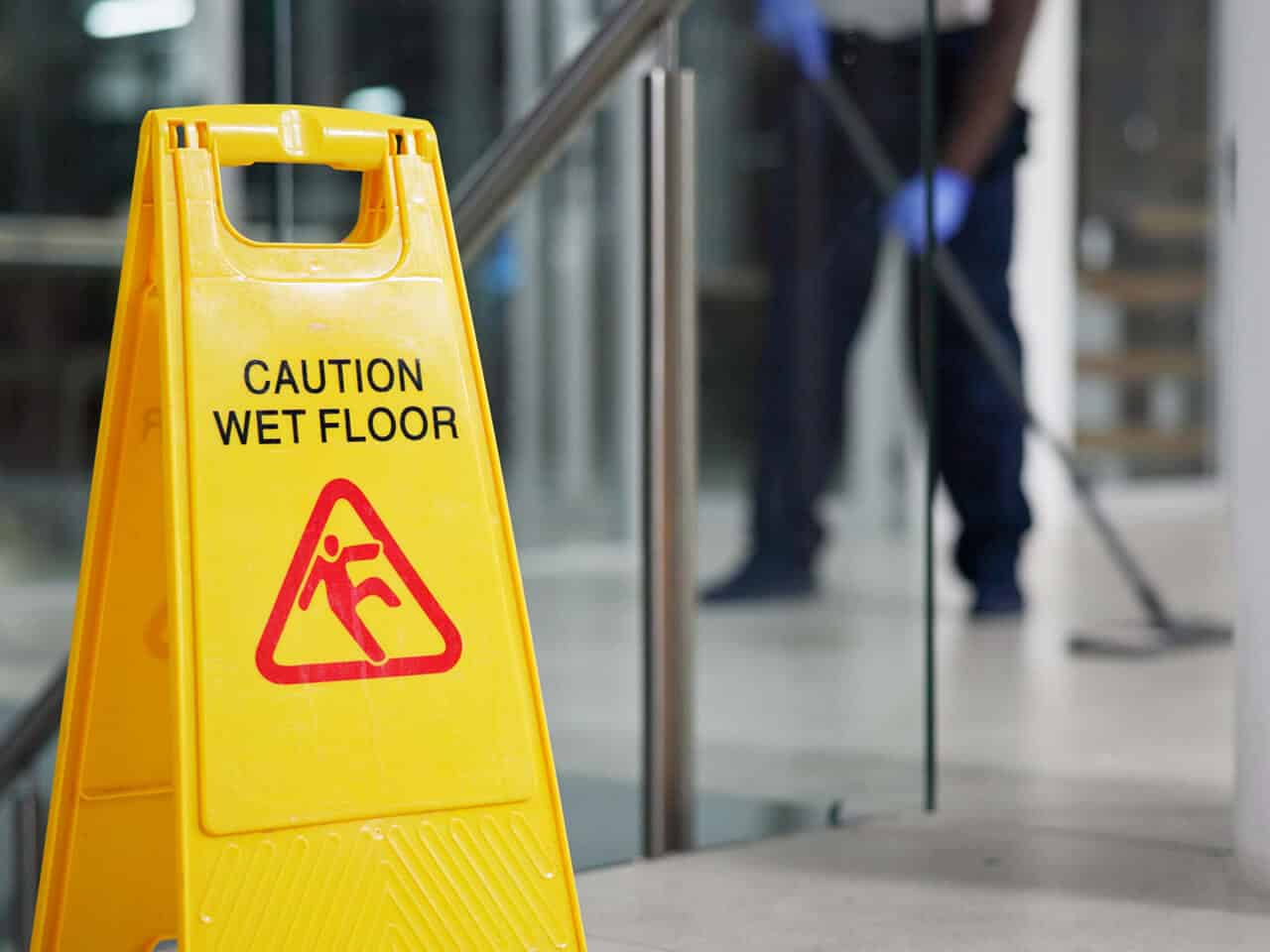
Since then, I’ve had countless discussions with architects, designers, contractors, manufacturers, and end users about these issues. The consistent takeaway? Floor care professionals need a seat at the table. Their expertise in maintenance, durability, and cost can bridge the gap between design aspirations and practical reality, preventing dissatisfaction and costly mistakes down the line.
Flooring Is Not Designed to Fail
Flooring is not designed, engineered, manufactured, or sold to fail. And yet, failure happens all too often—not because of the flooring itself, but because we fail the flooring. When problems arise, they typically stem from one of two issues: the product was placed in an inappropriate environment, or it wasn’t properly maintained. Both of these scenarios are preventable, but only if floor care professionals are part of the decision-making process.
A Collaborative Approach to Decision-Making

Similarly, changes to a space—new flooring, paint, furniture, or lighting—demand input from all relevant parties. But how often are floor care professionals included in these discussions? Unfortunately, the answer is somewhere between “not often” and “never.”
The result is predictable: a stunning new design with maintenance needs that far exceed the original budget or capabilities. That’s when I hear the common refrain, “I’ll never buy this flooring again!”
The Impact of Ignoring Maintenance Needs

Imagine a business upgrades its flooring from dark porcelain tile and looped carpet to a sleek, modern design featuring:
- Honed white marble in the lobby
- Blonde maple LVT in high-traffic areas
- Filled travertine in restrooms
- Cream-colored tip shear carpet in offices and conference rooms
- Multi-loop carpet in workstations
The transformation is visually stunning and perfectly aligns with the company’s brand. However, for every action, there is an equal and opposite reaction. Here’s the breakdown:
- White marble requires frequent polishing to maintain its appearance.
- Blonde maple LVT shows dirt and wear more readily than darker flooring.
- Filled travertine needs sealing and careful cleaning to avoid staining and etching.
- Cream-colored carpet highlights dirt and spills, demanding regular deep cleaning.
Despite the new flooring’s high maintenance needs, the company doesn’t adjust its cleaning budget or protocols. The result? The pristine design quickly loses its appeal, leaving everyone—from the management team to facility maintenance staff—frustrated.
Where Floor Care Professionals Make the Difference

- What are the maintenance requirements for each material?
- Are the cleaning protocols feasible within the existing budget?
- Will the facility’s current equipment and staff suffice, or are upgrades needed?
- Are there alternative materials that achieve the design vision while being easier to maintain?
A holistic plan developed in collaboration with a floor care professional ensures a balance between aesthetics, functionality, and longevity.
Why Collaboration Matters
Each stakeholder in a flooring project has unique priorities:
- Architects and designers focus on creating a visually appealing and functional space.
- Contractors and sales reps aim to deliver the best products within budget.
- Manufacturers prioritize producing durable, innovative materials that meet market demands.
- End users want a space that aligns with their brand and serves its intended purpose.
Floor care professionals bring a critical perspective to this mix. They understand the long-term implications of flooring choices and can help navigate the balance between design aspirations and practical realities.
Simple Steps to Avoid the Ramifications of Specifications

- End users should budget realistically for maintenance, recognizing it as an ongoing investment in their space.
- Architects and designers must weigh maintenance costs alongside design goals.
- Contractors and sales reps can advise on product alternatives and educate clients about upkeep needs.
- Manufacturers should clearly communicate performance expectations and care guidelines.
- Floor care professionals must proactively offer insights into materials and maintenance requirements.
Moving Forward
The term “ramifications of specifications“ has become an industry staple, highlighting a common and preventable problem. By bringing floor care professionals into the conversation early, we can ensure that flooring decisions support long-term success—not just for the initial design but for years to come.
As we look to the future, let’s prioritize collaboration across all stakeholders. Together, we can create spaces that are not only beautiful but also practical, durable, and satisfying for everyone involved.



